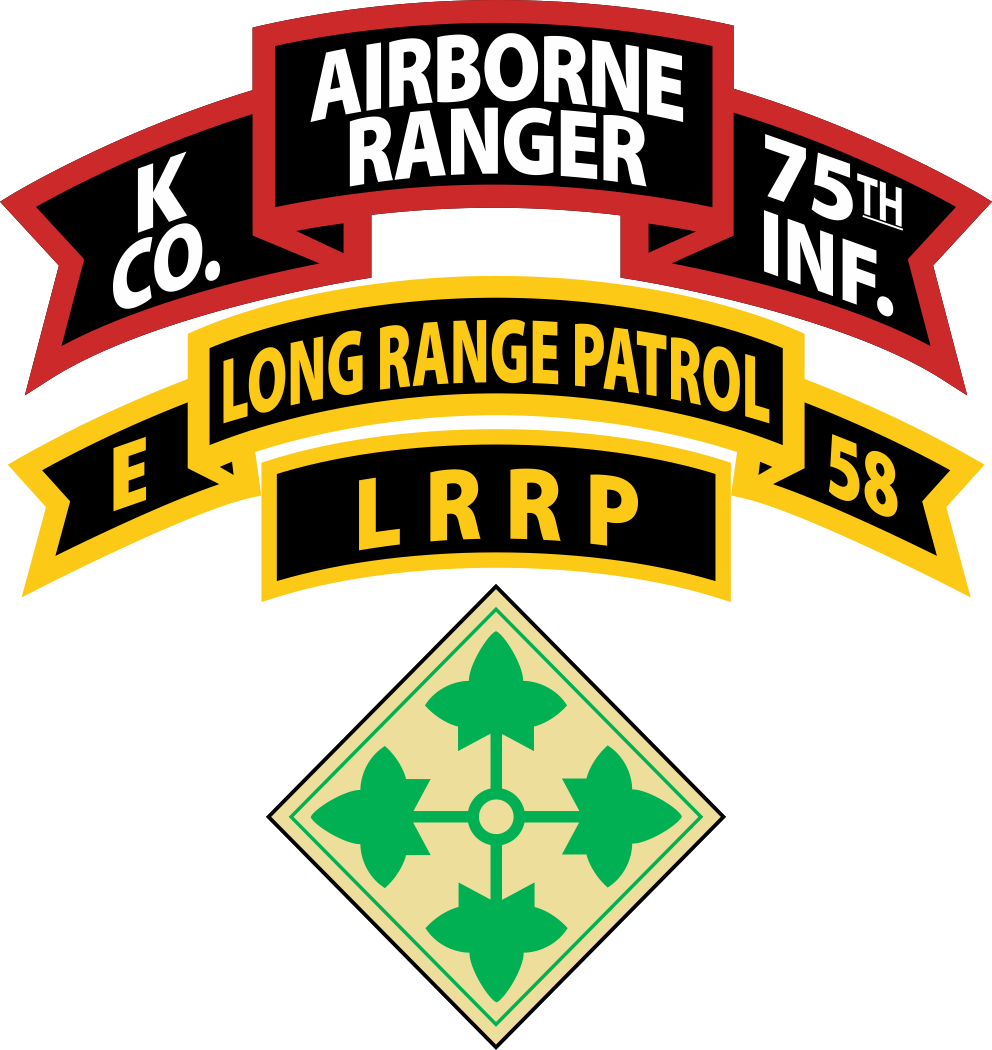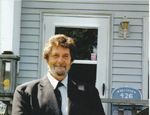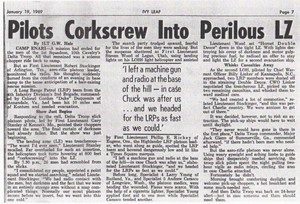WALTER NEVOY HOY
January 21, 1948 – May 5, 2007
Walter was born in to Frank Nevoy Hoy (1916-1983) and Bessie Jewel Bryant Hoy (1922–1994) in Metcalf, Kentucky. Walter was the oldest of five children with brother Raymond Jo Hoy (1951-2003), sister Theresa Hoy, sister Debbie Hoy Thomas (1956-2010) and youngest of them all Pearlie Mae Hoy who when born in 1960 died in infancy. Walter moved, early in his life, to Gilman, Illinois where he met and married his first wife Karen Rae Mahaffey Hoy (1950-2008). Walter married a second time to Marcia White Johnson Hoy (B 1948) on July 28, 1984 in Illinois to whom he remained married until his passing at age 59. They had four daughters and 3 sons, two of whom died in infancy. Angie Hoy Isaacs of Farmer City, Illinois; Heide Hoy and her husband Joey Lucido of Poquoson, Va.; Robyn Hoy and her husband Jim Smalley of Gilman, Illinois; and daughter Kristin Hoy and her husband William Chapman of Smithfield, Va.; his son and daughter-in-law, Aaron and Jaime Johnson live in Buckley, Illinois. 14 grandchildren and one great grandchild; one brother, Bill Hoy of Glasgow, Kentucky.; and two sisters Teresa Hoy of Edmonton, Kentucky., and Debbie Hoy of Scottsville, Kentucky
Walter volunteered and enlisted in the Army on January 9, 1967. After training he was sent to Viet Nam where once again, he volunteered. This time he stepped up to the challenge of becoming a LRRP / Ranger with the 2nd Bde of the 4th Infantry Division in the Central Highlands. Walter rose to the position of Team Leader and ran 4-man missions out of a firebase in Kontum. On December 27, 1968, two days after Christmas, Walter’s team, comprised of TL Sgt Walter Hoy, ATL Sgt Johnny Stenson, Sp4 Dennis Gemberling, and Sp4 Robert Hernandez, was tasked with confirming the location of a force of NVA 10 miles from Kontum. During the pre-mission visual recon from a helicopter, it was discovered the terrain was a difficult combination of rocky hillside and triple canopy. No enemy sign could be seen from the air. Upon insertion, the team was immediately engaged by the enemy from all sides of the LZ. The volume of fire wounded all members within the first few moments. They made their way to the covering feature of a rocky outcropping to call for support. The volume of fire was so great that rescue by the insertion slicks was ruled out. LRP Platoon leader, Lt Phillip Ritchey who was guiding the insertions as a LOH passenger directed support including Corsairs who strafed the area with mini-gun fire. Dennis Gemberling recalled having to close their eyes each pass because the dirt kicked up by the bullets was blinding them. The team fought off the enemy for 5 hours until nightfall when the hard-nosed aero-rifle platoon members of Delta Troop, 1/10 Cav made entry to relieve the team. The rescue effort of the team resulted in the following account in the January 19, 1970 Newspaper “IVY LEAF” – the official paper of the 4th Infantry Division:
Transcription of article in “Ivy Leaf” – the official newspaper of the 4th Infantry Division in Viet Nam. This article was in the January 19, 1969 Edition and chronicles the events of December 27, 1968 involving a 4-man team of LRPs of 2nd Bde, 4th Infantry Division out of Kontum.
PILOTS CORKSCREW INTO PERILOUS LZ
By 1LT G. W. Hale
CAMP ENARI – A mission ended for the men of the 1st Squadron, 10th Calvary’s Delta Troop. All that remained was a solemn chopper ride back to camp.
But as First Lieutenant Robert Stockinger of Arlington, Tex., aero-rifle platoon leader monitored the radio, his thoughts suddenly turned from the comforts of an evening in base camp to the tense anticipation of a hair-raising rescue mission.
A Long Range Patrol (LRP) team from the 4th Infantry Division’s 2nd Brigade commanded by Colonel Gordon “Duke” Duquemin of Annandale, Va., had been hit 10 miles east of Kontum and needed evacuation.
Show Just Begins
Responding to the call, Delta Troop slick platoon, led by First Lieutenant Gary Stanley of Kennett, Mo., pointed their choppers toward the area. The final curtain of darkness had already fallen. But the show was just beginning.
The landing zone (LZ) was treacherous – “The worst I’d ever seen.” Lieutenant Stanley recalled. Far over-fueled for such an insertion, the helicopters took turns hovering at 800 feet and “corkscrewing” into the LZ.
By 7:30 p.m. 26 men had scrambled from the slicks.
“I consolidated my people, appointed a point squad and we started searching.” related Lieutenant Stockinger. “We had radio contact with the men, but darkness and the fact that we were in an entirely strange area without a map complicated things. Normally our scout platoon recons before we insert, but we went into this one cold.”
The search party trudged onward, fearful for the lives of the men they were seeking. But the suspense shattered as First Lieutenant Steven Wood of Logan, Utah, using landing lights on his LOH6 light helicopter and assisted by First Lieutenant Phillip E. Ritchey of Eugene, Oregon, the Highlander LRP platoon leader, who went along as guide, spotted the LRP team and hovered dangerously low and lit like a Times Square marquis.
“I left a machine gun and radio at the base of the hill-in case Chuck was after us,” elaborated Lieutenant Stockinger, “and we headed for the LRPs as fast as we could.”
Before long, Specialist 4 Larry Young of Rutland, Va., and Specialist 4 Andrew Carasco of Longview, Wash., the platoon medics, were tending the wounded. Flares were scarce. With the help of a cigarette lighter, Specialist Young applied first aid to one man while Specialist Carasco tended another.
Lieutenant Wood set “Hornet Double Deuce” down in the tight LZ. With lights destroying his cover of darkness and motor gulping precious fuel, he radioed an offer to stay and light the LZ for a second evacuation ship.
Whisks Casualties Away
As the second LOH, piloted by Chief Warrant Officer Billy Linker of Kannapolis, N.C., approached, two LRP members were dusted off in the straining Double Deuce. CWO Linker negotiated the treacherous LZ, picked up the two remaining casualties, and whisked them toward medical care.
“We had created a lot of commotion,” related Lieutenant Stockinger, “and this was perfect Charlie country. We were anxious to get out of there.”
It was decided, however, not to risk and extraction. The pick-up ships would have to wait until daylight.
“They never would have gone in there in the first place,” Delta Troop Commander, Major Jack Glenn of Summerville, Ga., commented afterward, “if there hadn’t been men who needed help.”
But the aero-rifle platoon was never alone. Using weary eyesight and aching limbs to guide ships that desperately needed servicing, the troop slick pilots spent the night pulling two-hour vigils as radio relays, circling the area in case Charlie attacked.
Fortunately, he didn’t.
Morning brought comforting daylight and welcome pick-up choppers, a hot breakfast and some much-needed rest.
And then Delta Troop was back on 24-hour alert- just in case someone out there should need them.
___________
2nd Bde LRPs – Kontum
LRP Team on ground:
Sgt Walter Nevoy Hoy, Team Leader, Gilman, IL
Sgt Johnny L. Stenson – Asst Team Leader Syracuse, NY
SP4 Dennis Gemberling – Team member, Norfolk, VA
SP4 Robert Hernandez – Team member
LRP Observer on 2nd Bde LOH6
Lt Steven Wood, Logan, UT , LOH6 pilot
Lt Phillip E. Ritchey, Eugene, Oregon – LRP Platoon leader, 2nd Bde
Troop D, 1/10 Cav, 4th Div known participants:
Pilots
Maj. Jack Glen, Summerville, GA, Delta Troop Commander
Lt Robert Stockinger, Arlington, TX Huey Slick pilot
Lt Gary Stanley, Kennett, MO , Huey Slick pilot
CWO Billy Ray Linker, Kannapolis, NC LOH6 pilot
Medics;
SP4 Larry Young, Rutland, VA – Medic
SP4 Andrew Carasco, Longview, WA Medic
In January 2019, more than 50 years later, Dennis Gemberling had the opportunity to speak with both Lt Robert Reed Stockinger of Houston, TX who was Platoon Leader of the Reactionary Force, and Lt. Steven A. Wood the LOH pilot and best friend of Lt. Ritchey who lifted Dennis out of the outcropping, in the dark, via sling. It was a thank you that Dennis owed for a long time on behalf of all of them. None of the men involved had reached the age of 25 yet. The LRP team, at the hospital, were awarded the Purple Heart by Commanding General Pepke of 4th Div. All were then med-evac to Japan and on to the states.
Walter was honorably discharged from the military on January 8, 1970 having been awarded numerous decorations and awards including the Purple Heart and Combat Infantryman’s Badge.
Walter Nevoy Hoy, 59, died Saturday (May 5,2007) at Sentera Careplex, Hampton, Va., after a sudden illness. Services were held in Newport News, Va.
Rangers Lead The Way


